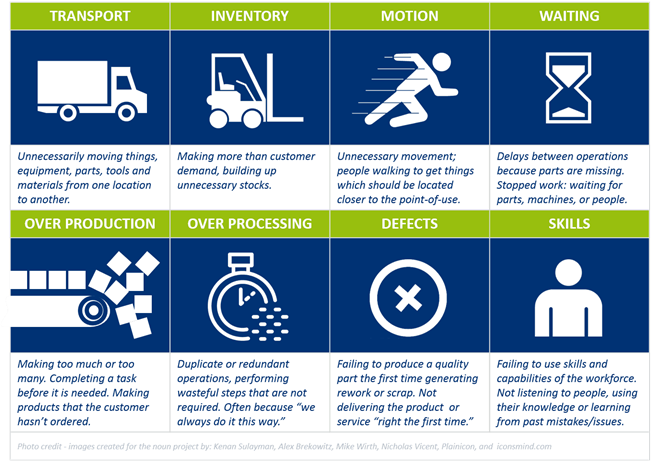Dear Entrepreneur,
When you hear the word technology, how does it make you feel? Are you ecstatic because you are tech-savvy or it overwhelms you because you are not comfortable around technology?
Lately, I have been taking stock of my business and looking for areas that need improvement and technology is one of those areas. If like me, you are not a digital native, technology can be quite daunting. There are just too many technological solutions out there that it's difficult to sift through them and find the right ones for one's business.
At the same time, we all know that for our businesses to be agile, we have to embed technology in them otherwise, we run the risk of burning out trying to ensure that every part of our businesses runs smoothly.
If as entrepreneurs, we are going to have more time on our hands, increase our process speeds and open ourselves to more business, automation is inevitable.
Workflow automation
One vital area that requires automation is workflows. Menial, simple, repetitive and trivial tasks that consume so much of our time with little profit and yet are important for the functioning of businesses are great candidates for automation. Automating them also helps in removing human error.
Consider the example of a fast-food joint. Back in the day, when you placed your order at the counter, the till operator would write your order on a piece of paper, punch in the items in the cash register and pass the order on a piece of paper to the kitchen. What could go wrong with that, right? Except, we all have a tale of a time our order wasn't sent to the kitchen, and we had to wait for an inordinately long time to get our order!
Also, can you see the repetition in that process- writing the order on a piece of paper then entering it onto the cash register!
Automation in the fast-food industry improved the industry's turnaround times and eliminated the risk of orders not reaching the kitchen. With an automated process, the till operator enters the order directly into the order terminal which, is linked to the kitchen, so orders are not lost. At the same time, because the till operator doesn't have to repeat work, they can now take more orders than before.
Advantages of workflow automation:
- Workflows are made effective. All steps in the process are integrated, ensuring that each phase happens as quickly as it can and on time. In a fast-food joint, order taking takes less time now than it used to because there is no longer repetition of the order taking task as was the case before.
- Automation encourages greater collaboration between departments as everyone involved in delivering on a process has access to workloads of each task and timelines.
- Automation helps management with planning as they can see the progress of each event within the business allowing them to help out when anything ever finds itself held up along the way. For example, if the front office is receiving a lot of orders, management can make an on the spot decision to move people to the fulfilment department so that there is no hold-up in the delivery of orders.
- Automation allows a business to maximise efficiency while reducing the risk of failure, allowing companies to achieve their set targets.
- Automation allows people to know exactly what job they need to carry out for that specific task.
- Automating your workflows makes it much easier for you to start preparing and planning each part of your business in the right manner.
The argument for automating our businesses is greater than our fear of technology, so if you haven't already, it is time to use technology in your favour.
